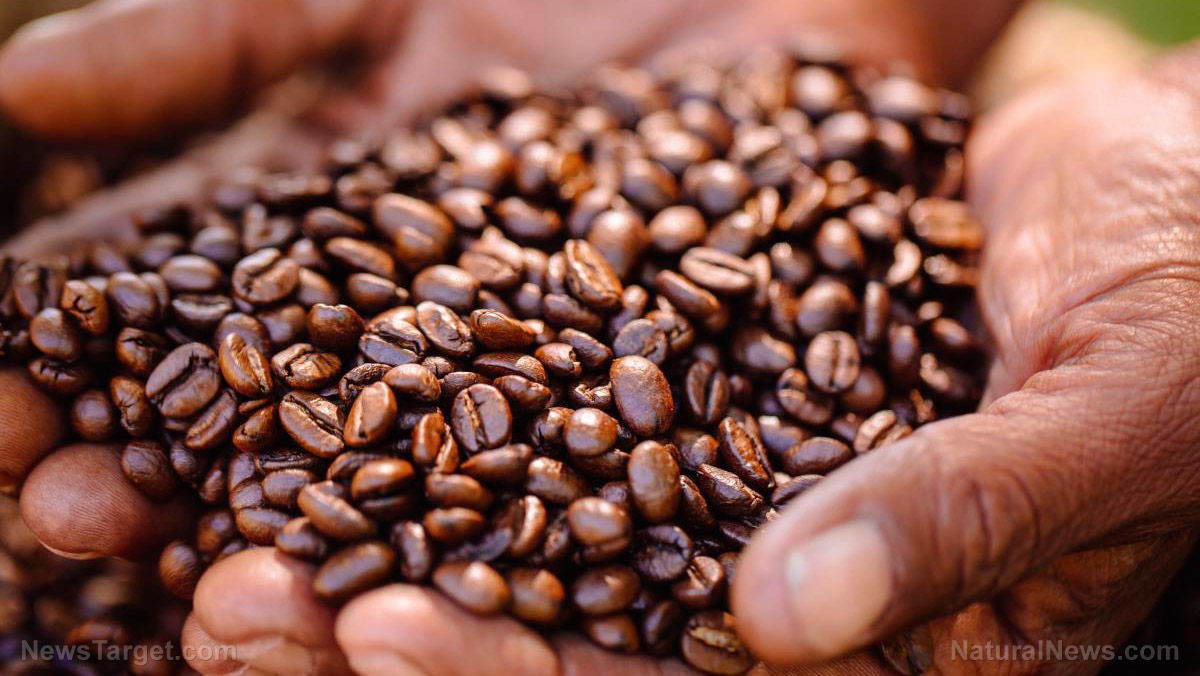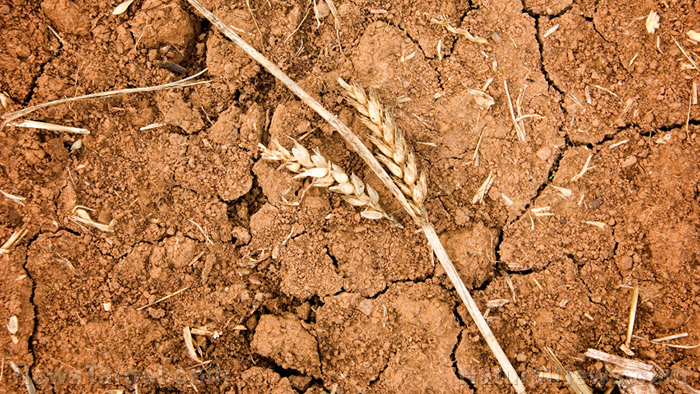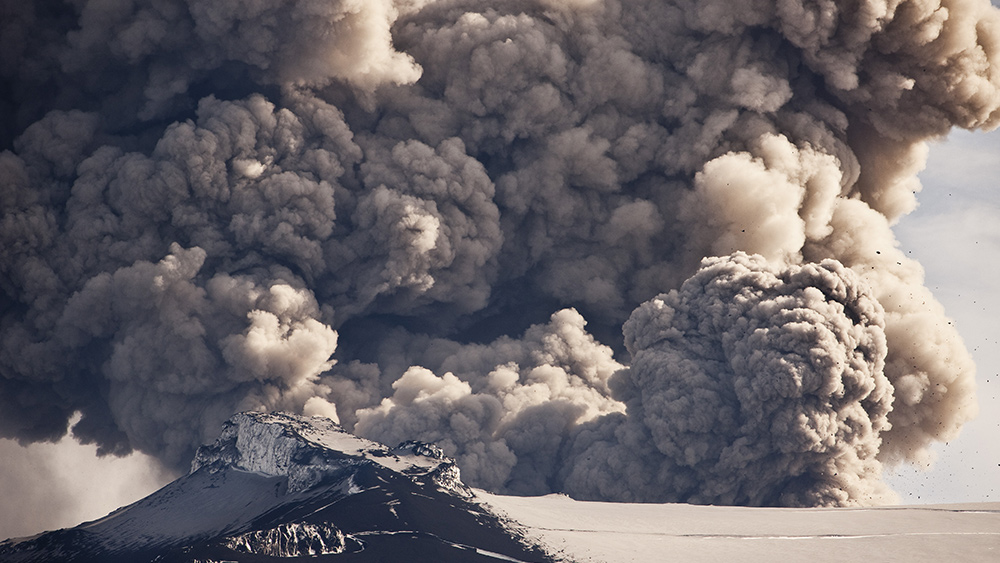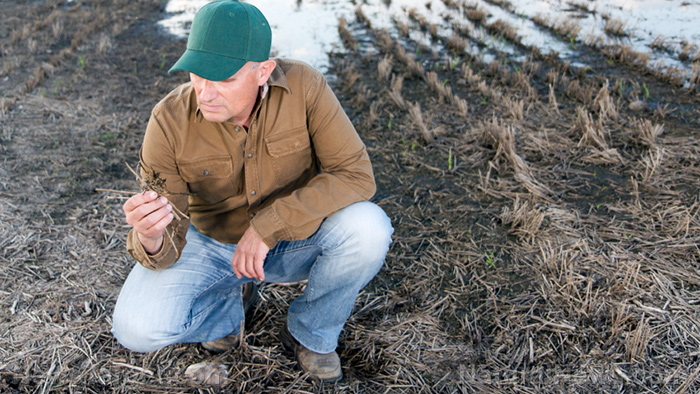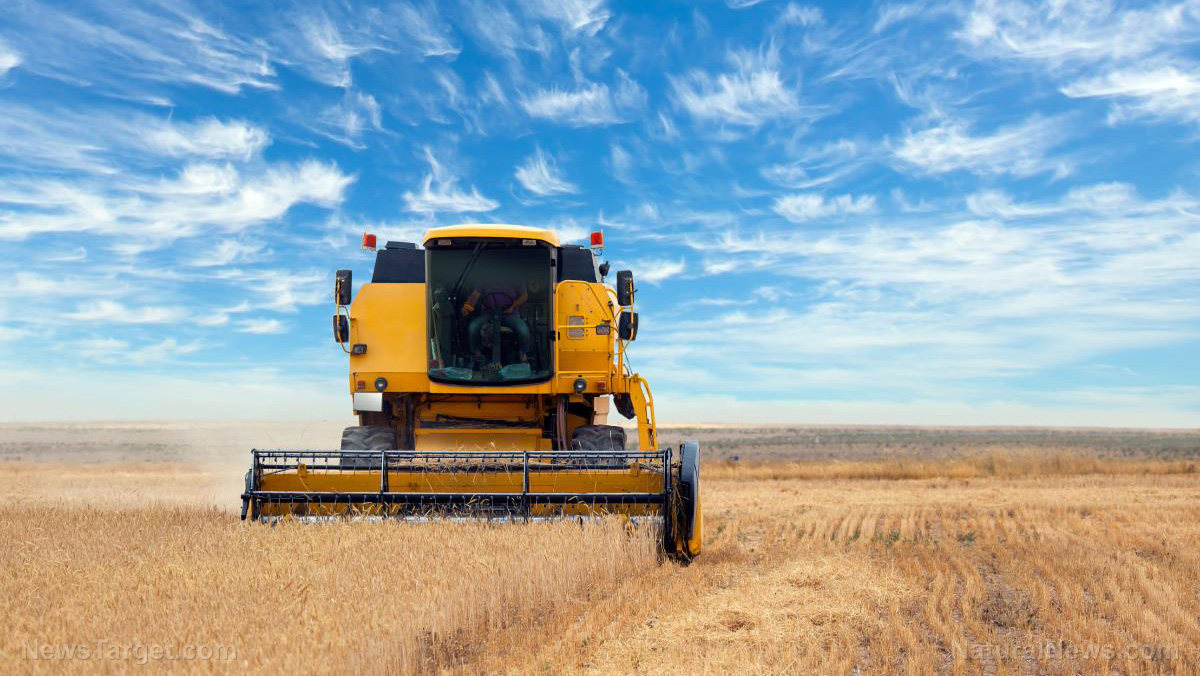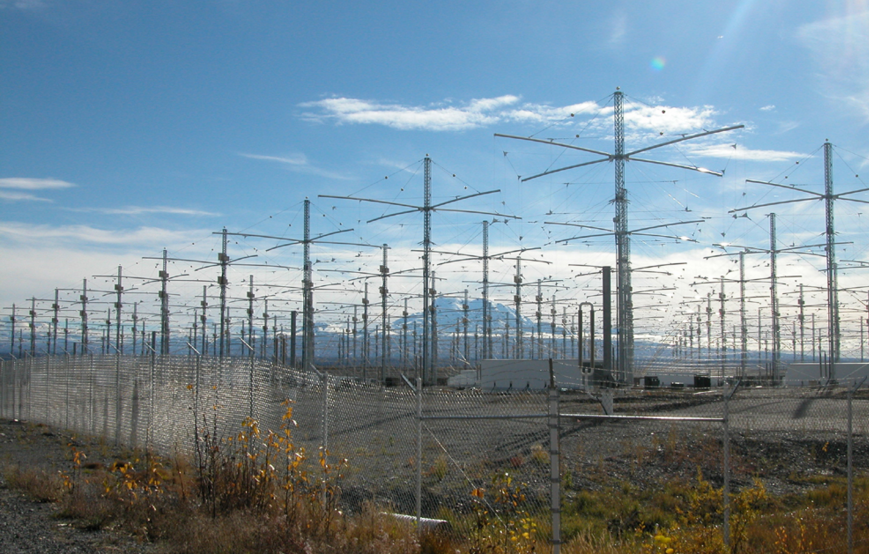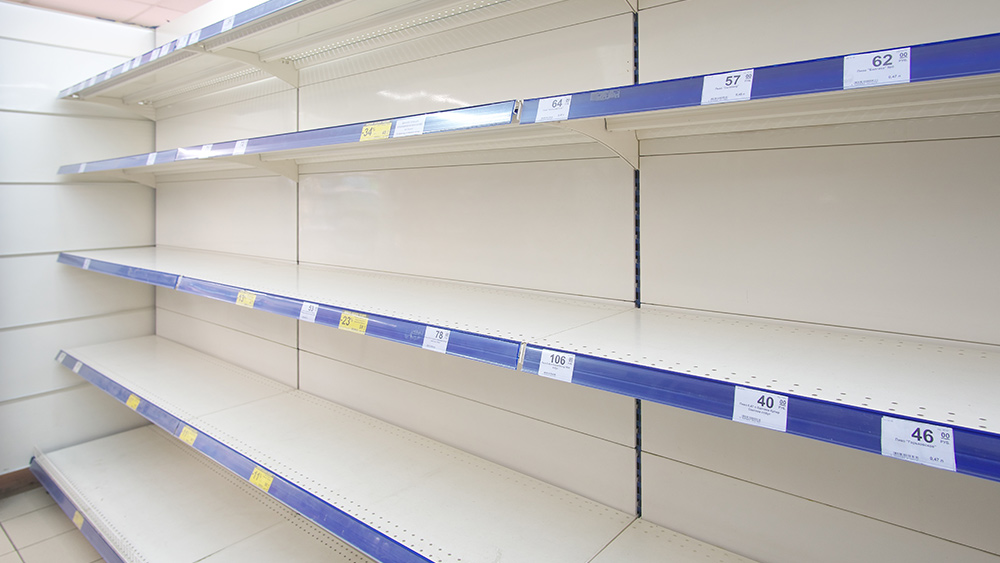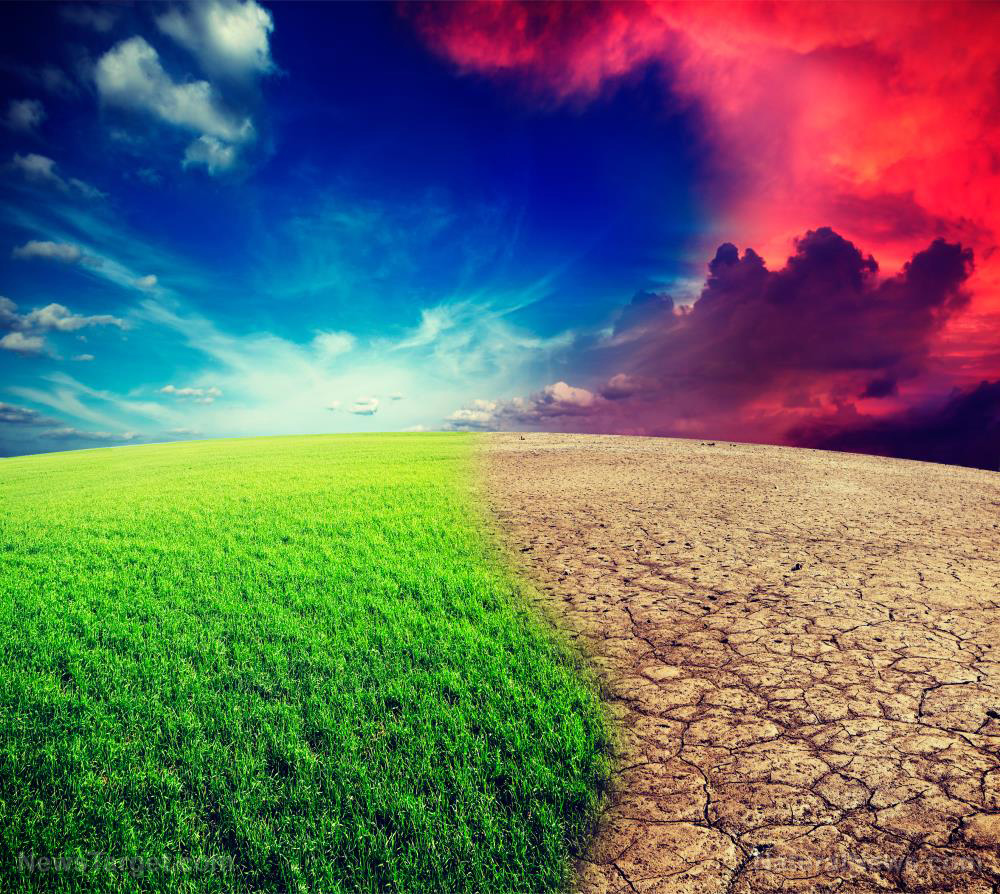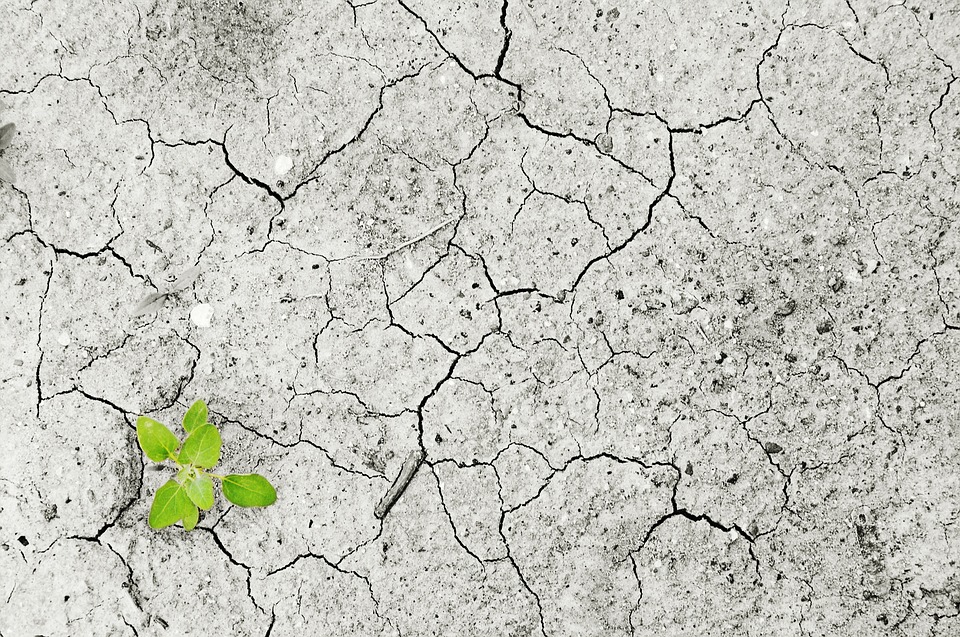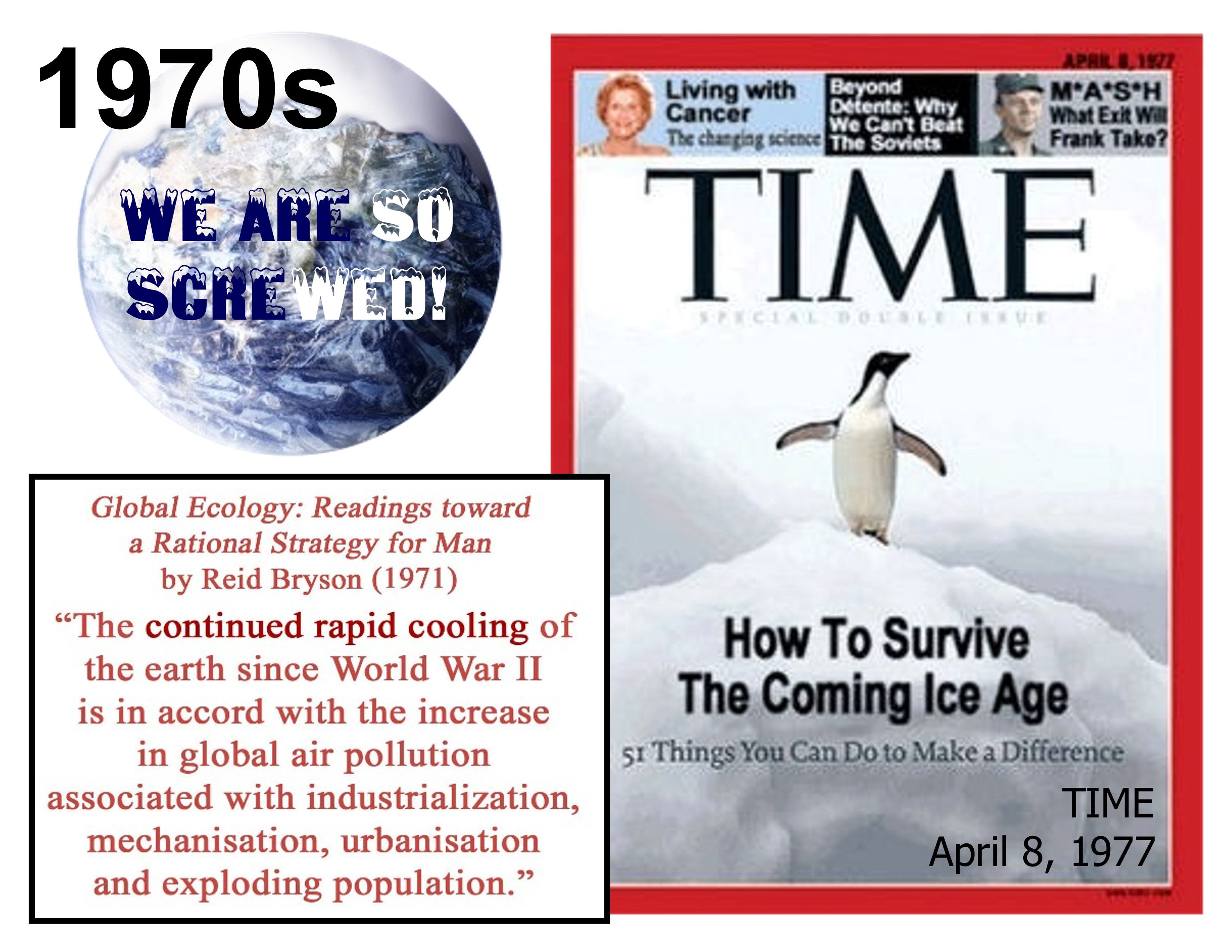Weather forecasters: El Niño is coming this summer and will likely stretch into winter
06/01/2023 / By Laura Harris
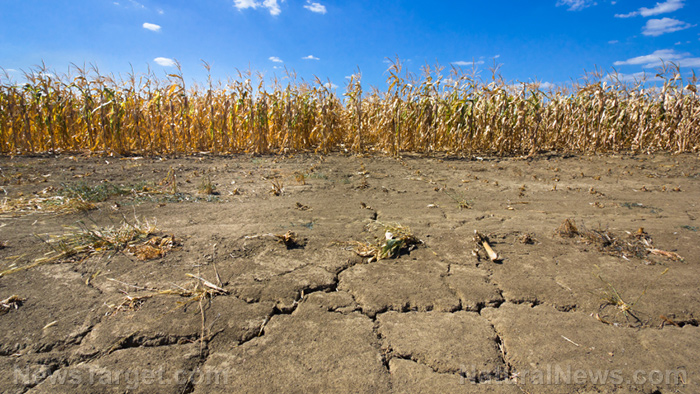
The U.S. is on the brink of experiencing El Niño this summer, with weather forecasters now predicting a nearly 90 percent chance of this climate phenomenon occurring. The National Oceanic and Atmospheric Administration (NOAA) has also published a blog post stating that the U.S. is now facing a high probability of experiencing El Niño this summer.
According to the NOAA Climate Prediction Center, the phenomenon will likely stretch into winter.
“The signs of El Niño development that we saw last month have only grown stronger this month. Additionally, we’ve pushed one more month through the dreaded spring predictability barrier. Taken together, these signals have allowed forecasters to increase their forecast confidence this month, with the likelihood of El Niño approaching 90 percent by summer and exceeding 90 percent through next fall and winter,” NOAA stated in its blog post.
El Niño is a complex weather pattern caused by the warming of the tropical Pacific Ocean. It can significantly influence global weather patterns, often leading to extreme weather events such as droughts, floods and heat waves. (Related: Tomato shortage looms as drought threatens California’s summer crops.)
The impact of an El Niño summer on various regions is diverse. Europe can expect drier and colder winters in the north and wetter winters in the south due to El Niño. At the same time, the U.S. may experience drier and warmer conditions in the northern states and heavy rainfall and flooding along the Gulf Coast and Southeast.
Meanwhile, monsoons in India and rainfall in South Africa could be reduced, while East Africa may experience increased rainfall and flooding. Additionally, as temperatures rise, Indonesia and Australia are likely to face a higher risk of bushfires during the Southern Hemisphere summer.
The weather pattern can influence global climate dynamics, affecting agricultural production, commodity prices and weather conditions in other parts of the world. Therefore, the potential impacts of this phenomenon have far-reaching consequences on a global scale.
With this impending threat, NOAA estimated a 50 percent chance it will be the hottest year on record. Extreme weather events associated with El Niño could have far-reaching consequences, affecting various sectors such as agriculture, infrastructure and public safety, so it is better to prepare for potential impacts.
El Niño could bring favorable conditions in farming, but it could also disrupt crop production
An El Niño summer could favor or disrupt crop production and agricultural practices. The increased rainfall in some regions might lead to waterlogging, affecting planting schedules and potentially damaging crops. Conversely, other areas could experience drought, threatening yields and exacerbating water scarcity issues.
Experts like Eric Snodgrass, an agricultural meteorologist, and Drew Lerner, founder and president of World Weather Inc., expressed different views on the potential impact of El Niño summer in the United States. Snodgrass said that El Niño tends to bring favorable growing conditions for crops in the Midwest, resulting in better overall yields.
“Since 1970, we’ve had 17 El Niño summers and 14 of them had trendline yields slightly above that. This means we generally think of El Niño summers as having a more juicy atmosphere or more stuff for thunderstorms, so we’ll keep a close eye on it,” Snodgrass said.
However, Lerner cautioned that the summer weather will likely have a warmer and drier bias across the Plains, western Corn Belt and Great Lakes region.
“Shots of cooler air will move through the eastern Midwest in late May, late June and late August. The west may cool down for a little while, but it should heat back up faster than the eastern Midwest,” said Lerner.
“The northern Plains will be wetter biased in the balance of May and early June, with the wetter bias shifting to the west and north during July and August. That should favor Montana, western and northern Dakota, and areas to the north. The southern Plains (favoring Texas) will be a little wetter biased in late May and early June and again during August and September.”
Read mores stories related to different weather conditions at Climate.news.
Watch this video to learn more about how drought affects farmers and ranchers.
This video is from the Bitterroot Bulger channel on Brighteon.com.
More related stories:
With water running out, California faces grim summer of dangerous heat, extreme drought.
Five million in Zimbabwe face food shortage due to drought.
California farmers now flooding crop fields to allow aquifers to recharge.
Peruvian Nazca Civilization Was Destroyed by Deforestation.
Sources include:
Submit a correction >>
Tagged Under:
agriculture, Climate, crops, disaster, drought, Ecology, El Nino, environment, famine, food collapse, food scarcity, food supply, harvest, heat waves, hunger, rationing, scarcity, shortages, starvation, summer, weather forecast, weather terrorism
This article may contain statements that reflect the opinion of the author
RECENT NEWS & ARTICLES
COPYRIGHT © 2017 WEATHER TERRORISM

